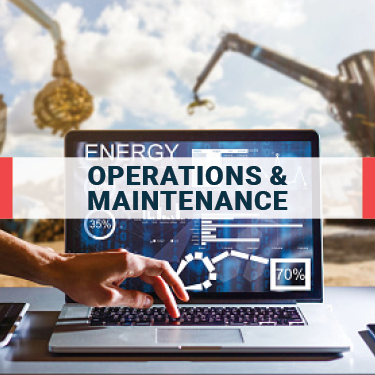Loading Shopping Cart Items...
Catalog

From the time that people took shelter in caves there was an innate sense of the need for “fresh air”; however it took centuries to understand the importance of ventilation. In the past century there has been an alarming trend to reduce ventilation. In a decarbonization world, reducing operating costs is front and center and, in most climates, ventilation is expensive. Are we doing harm to the building and the occupants by reducing ventilation? Could the benefits outweigh the energy savings?
Learning Objectives
-
Understand the history of ventilation, why things have changed, and the resulting impact on healthy indoor environments.
-
Discover the importance of ventilation for health and building resilience.
-
Become aware of building and system modifications that impact Indoor Air Quality (IAQ).
-
Ventilation and energy efficiency are at odds, making the case for not cost-cutting ventilation.
About this item
From the time that people took shelter in caves there was an innate sense of the need for “fresh air”; however it took centuries to understand the importance of ventilation. In the past century there has been an alarming trend to reduce ventilation. In a decarbonization world, reducing operating costs is front and center and, in most climates, ventilation is expensive. Are we doing harm to the building and the occupants by reducing ventilation? Could the benefits outweigh the energy savings?
Learning Objectives
-
Understand the history of ventilation, why things have changed, and the resulting impact on healthy indoor environments.
-
Discover the importance of ventilation for health and building resilience.
-
Become aware of building and system modifications that impact Indoor Air Quality (IAQ).
-
Ventilation and energy efficiency are at odds, making the case for not cost-cutting ventilation.
Course/Activity Information
Course Structure:
- Handout
- Video Content
- Evaluation
- Certificate of Completion
*IFMA is authorized by IACET to offer .1 CEUs for this program.